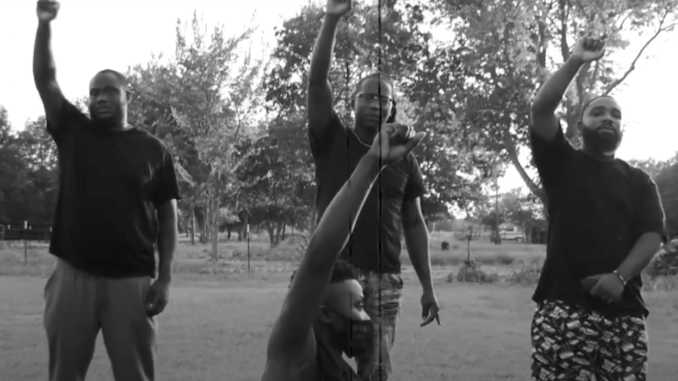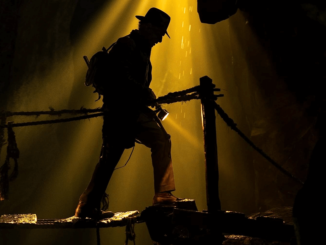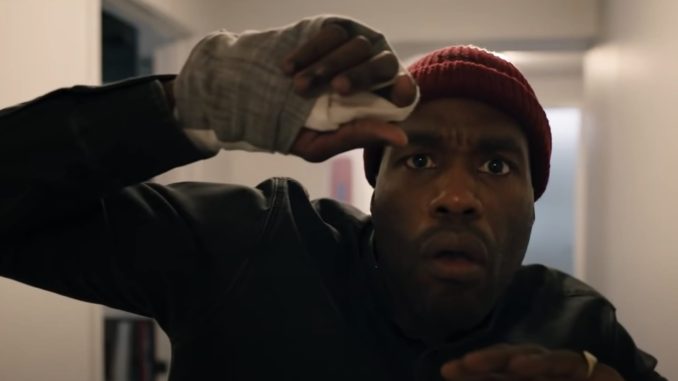
After a few release date changes and building anticipation for urban horror flicks, Monkeypaw Production’s Candyman is finally here. Tell everybody.
When the original 1992 version came out, it left an unforgettable impression that scared the heebie jeebies out of audiences. It may have been the combination of the eery, mellifluous Phillip Glass score and actor Tony Todd’s cavernously, mesmerizing voice. Yes, some audiences summed the film up as a haunting tale of the spirit of an angry Black man conjured up by a curious blonde beauty with piercing blue eyes. It was another reason to stay away from “you people.” But, for children of the hood, Candyman was an exasperating reminder of the tormented ills of section 8 housing.
Playing out more like a documentary than a fictional film, Candyman was all too close to reality for the forgotten and disenfranchised. In the 1980s and 1990s, rumors spread rapidly that some maniac was lacing Halloween candy with poison and razor blades and giving them to children. That era was also the time when crack-cocaine had infested impoverished neighborhoods across America, producing unsafe environments that were littered with deranged people and unfit parents.
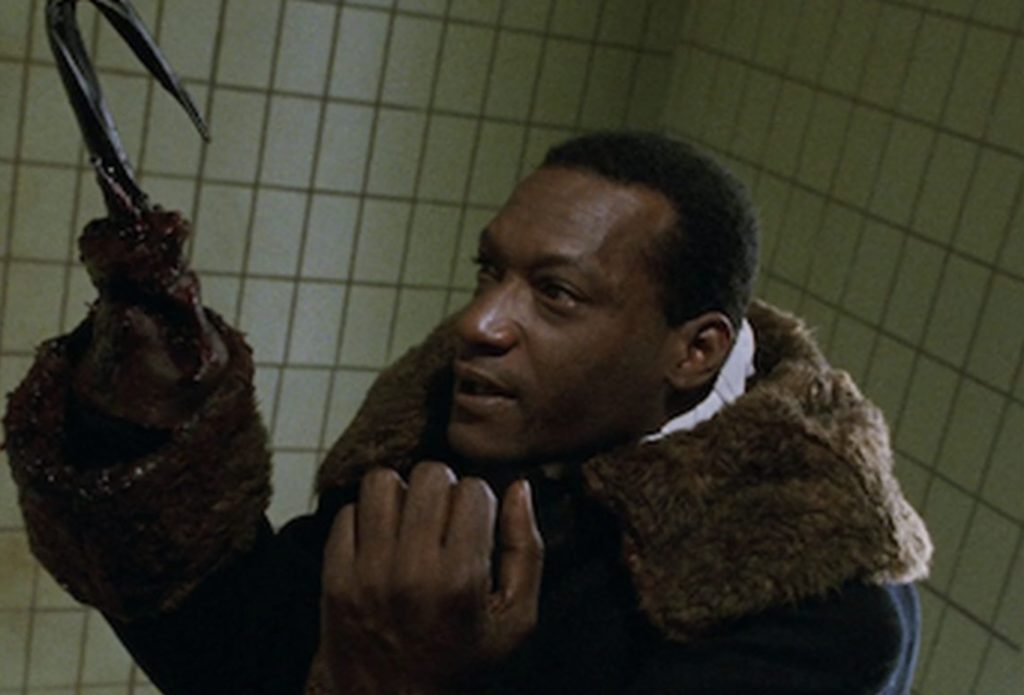
The nation was in an uproar (as usual) over racial injustice. Serial killer cases, such as the Atlanta Child Murders, created a warranted wariness for children who had to walk home from school or dark stretches of hallways and parking lots. And let’s not even delve into the secret cases of incest and molestation that we now know were rampant for a lot of people back in those days.
My point? Candyman was scary as s— when it originally came out. Don’t tell a kid from the hood that there’s a man with a hook wearing a long coat gutting mischievous children and excessively nosy adults for revenge. Sheesh. There was Freddy Krueger, then there was Candyman. Both were mentally unkempt evil doers with sharp objects — and frankly, I didn’t have time for it, you hear me!
Fast forward nearly 30 years later, the 2021 version of Candyman is a work of art, literally. Yahya Abdul-Mateen II, who plays exhibit artist Anthony McCoy, masters the art of facial expression as he gives a believable (and unbelievable) performance. Teyonah Parris was equally captivating in delivering a quality performance that drew audiences into the storyline as the cynical, supportive partner. Adding in the tell-it-like-it-is couple played by Kyle Kaminsky and Nathan Stewart-Jarrett, who by the way stole the show a couple of times with his comedic timing and onscreen swag, the Nia DaCosta directed pic was…good enough.
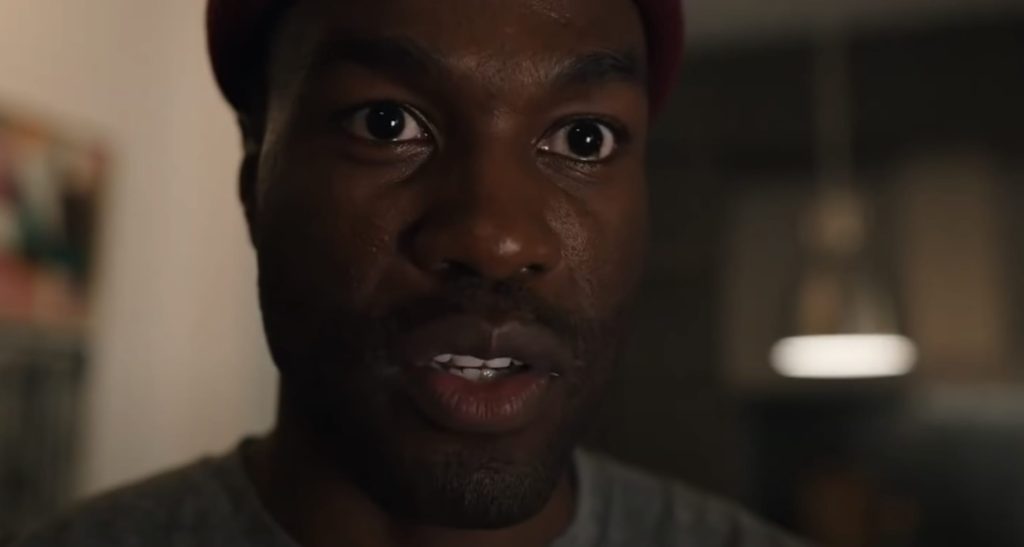
Good enough for an enthusiastic ovation during the credits and spicy discourse in the hall of the movie theaters. It’s definitely worth a movie ticket purchase. Just know that when you buy that ticket, you’re not buying the spookiness and thrilling horror that embodied the 1992 version. In fact, there’s a lot of censorship in many of the scenes — which makes me wonder if the executive notes left a lot of content on the editing floor because of the recent 2020 protests and conversations.
It also felt like the screenwriters, Jordan Peele, Win Rosenfeld, and DaCosta, had another agenda for the film surrounding the issues of police brutality in Black communities. But, the added political theme was so in your face, yet still a side story to another bubbling theme that was thrown in there, that it deducted from the scariness of the urban legend. It’s as if you could tell that the script was written by multiple people telling multiple stories.
There’s a particular scene that attempts to satiate Black people with the elimination of their oppressors. Instead, it left a lonesome feeling of being misunderstood that further pointed out the disconnect between Hollywood and what Black people actually want. Black people are no more aggressive than any other race, so murder wouldn’t be our first resolve to cure everything that’s wrong with America. With that said, this movie blurs the lines between fantasy and reality in a way that distorts the origin story of Candyman. How can Candyman be the avenger of Black people if his legacy involves killing them?
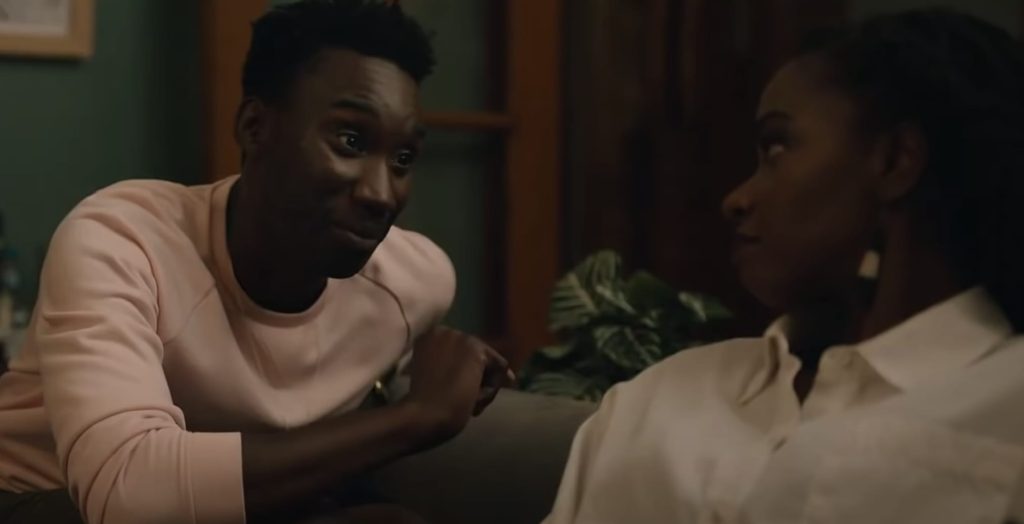
In spite of the politics, the end credits doesn’t disappoint in storytelling and was almost better than the entire film — perhaps it was the added soundtrack, music makes everything better, along with the sorrowful authenticity of the stories that have haunted us our whole entire lives. So, make sure you stay to see the credits. As far as the scare tactics, Candyman (2021) relied heavily on sound effects, thus leaving out the building of anticipation and anxiety that often comes with horror films.
Normally, when I see a terrifying movie, I have to distract my brain from remembering it by watching cartoons or having an itinerary of activities to do after the film so as to fill my brain with new memories (lol), but with Candyman, I was able to go home and straight to bed. I didn’t have one nightmare, nor have I developed a phobia of bees.
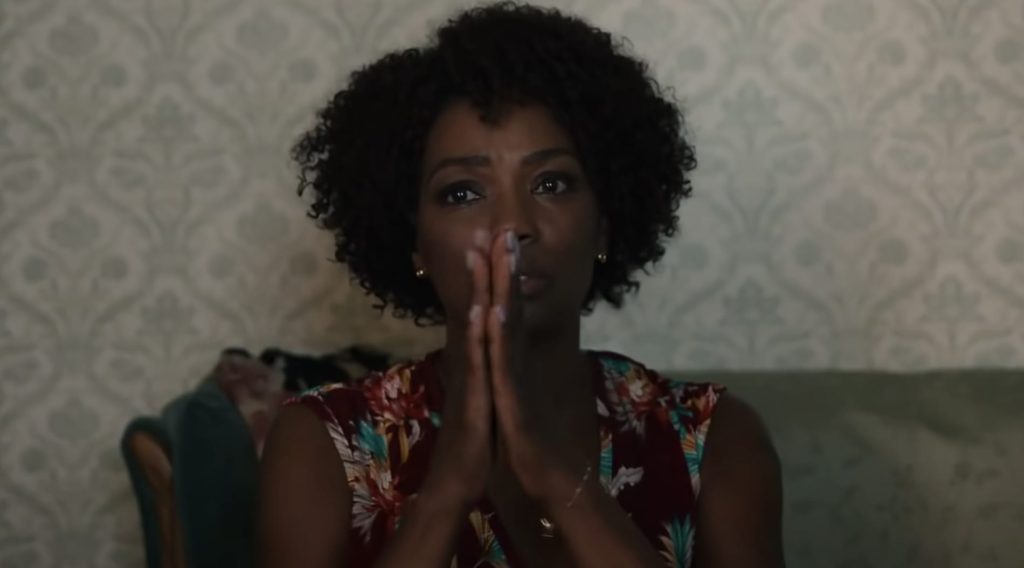
Watch The Official Trailer Below:
